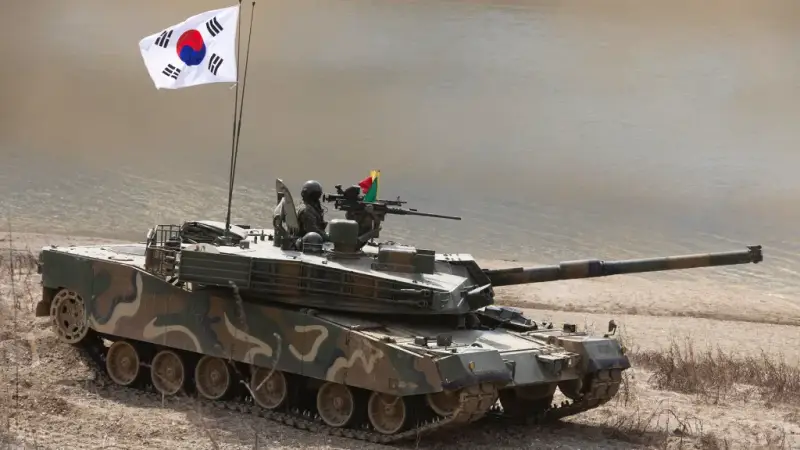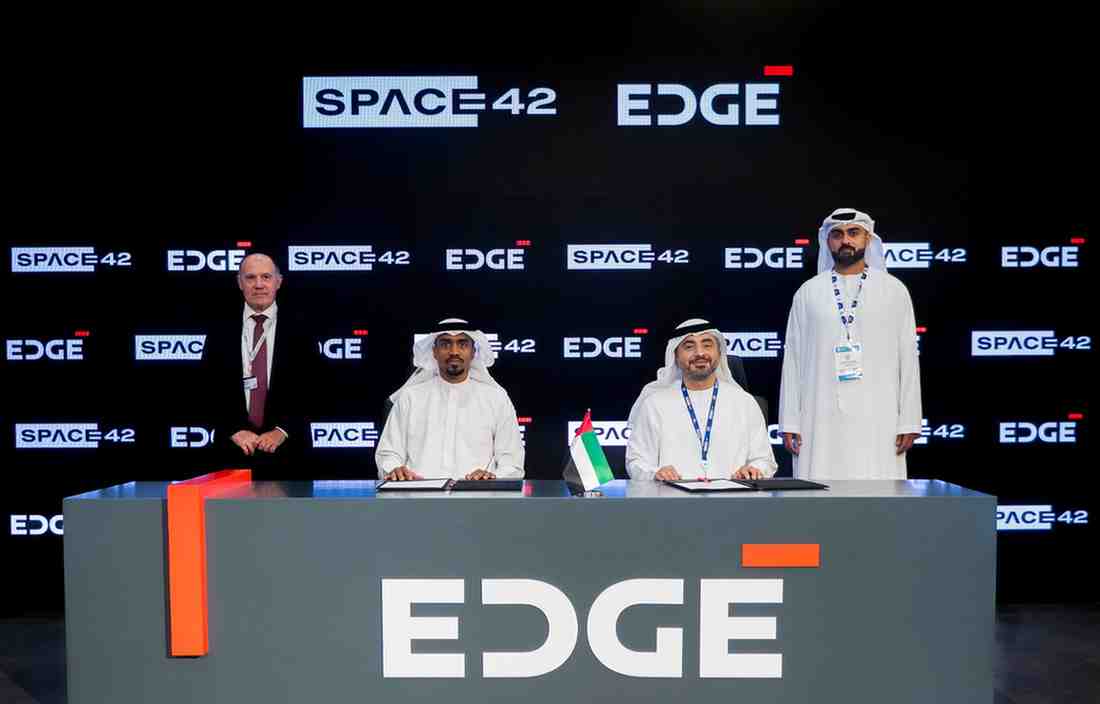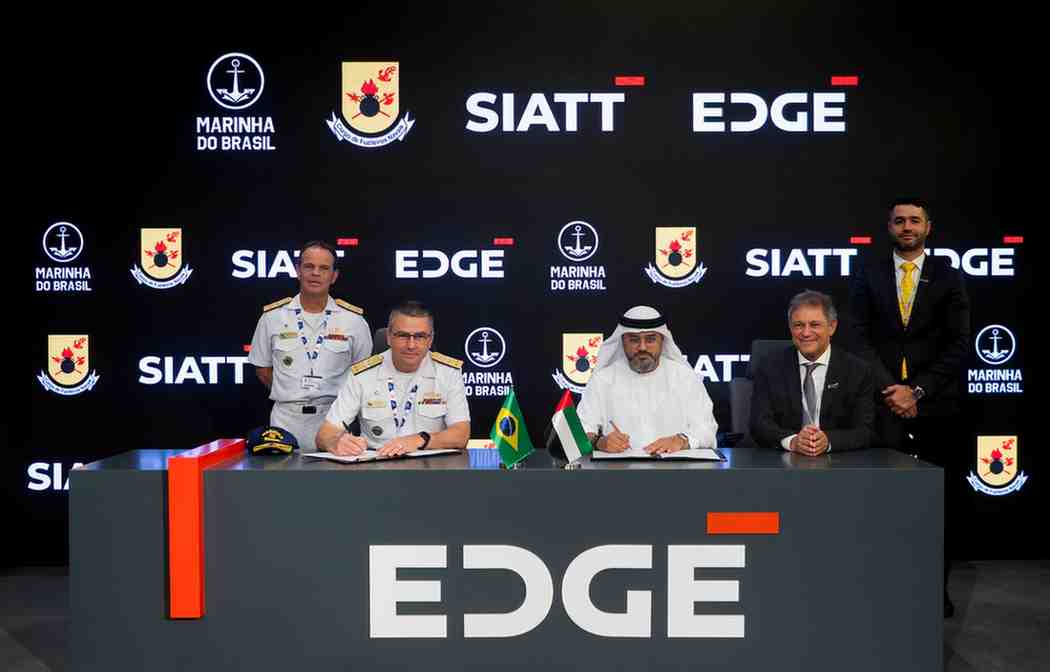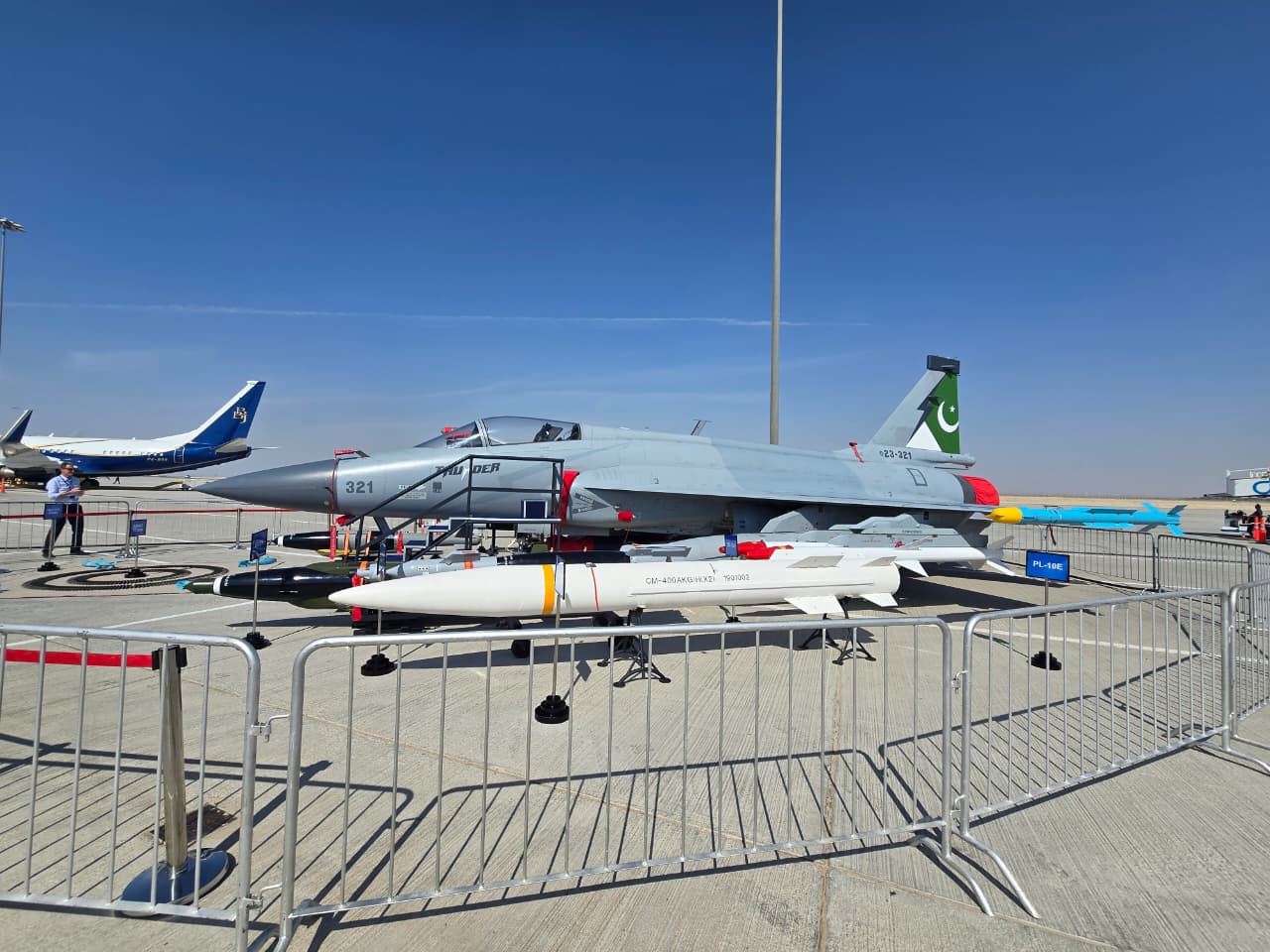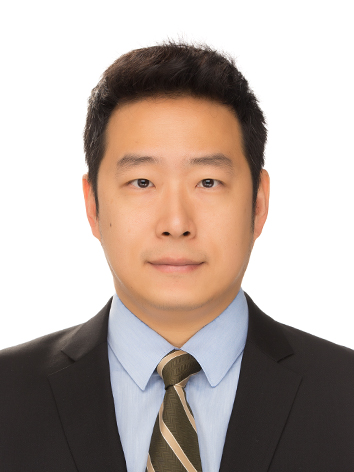Since the signing of the Korean Armistice Agreement in 1953, one of the most enduring strategic threats to South Korea and the United States Forces Korea (USFK) has been the specter of a massive North Korean ground assault spearheaded by tanks. The trauma of the early weeks of the 1950 Korean War—when Soviet-made T-34 tanks from the North crushed South Korean defenses and rolled deep into the peninsula—still casts a long shadow over defense planning on the peninsula. At the time, the Republic of Korea (ROK) possessed no tanks of its own, and the speed and surprise of the armored assault shocked both South Korean and American military planners.
In the decades since, South Korea has worked diligently to close this strategic gap. The introduction of the domestically-produced K1 main battle tank in 1987 marked a critical milestone in establishing armored self-reliance. This platform has since been upgraded into the K1A1 and K1E1 models, each iteration reflecting a growing sophistication in South Korean armored capabilities. More recently, Seoul has fielded the K2 “Black Panther,” a fourth-generation tank widely regarded as among the most advanced in the world. Featuring auto loading systems, composite armor, and advanced fire control, the K2 significantly outclasses North Korea’s aging fleet of Soviet-era tanks and Chinese variants.
Yet this growing armored advantage masks a deeper vulnerability. While the ROK’s ground forces can decisively defeat a conventional tank assault from the North, this confidence rests on assumptions that may no longer hold in light of recent global developments—particularly the brutal lessons emerging from the war in Ukraine.
The 2022 Russian invasion of Ukraine has profoundly disrupted traditional assumptions about tank warfare. Russian armored columns, once thought to be overwhelming by sheer mass and firepower, suffered devastating losses from cheap but lethal Ukrainian drone swarms and man-portable anti-tank guided missiles (ATGMs) like the Javelin and NLAW. Small infantry units equipped with these weapons were able to destroy multi-million-dollar tanks, forcing a rethinking of armor’s role on the battlefield.
This war has been a wake-up call for militaries globally—but perhaps none more urgently than South Korea’s. Compounding this urgency is the unsettling fact that North Korea has reportedly dispatched troops and engineers to Europe in support of Moscow’s war effort. While the exact nature and scope of their engagement remains opaque, one cannot ignore the possibility that North Korean forces are gleaning first-hand insights into the new realities of 21st-century mechanized warfare.
Even in the absence of direct combat experience, North Korean military planners are almost certainly studying the Ukraine war with intense interest. Pyongyang is acutely aware of its limitations in matching South Korea tank-for-tank. However, the asymmetric toolkit that worked so effectively for Ukrainian defenders—drones, loitering munitions, and man-portable anti-tank systems—offers a cost-effective way for North Korea to level the playing field.
Indeed, there are already signs of North Korean adaptation. The regime has steadily expanded its indigenous drone programs and, according to several South Korean intelligence assessments, may be developing kamikaze-style drones akin to Iran’s Shahed-136. Combined with the rugged mountainous terrain of the Korean Peninsula, which favors ambush tactics and short-range engagements, such systems could be used to swarm and attrit South Korean armor before it reaches the forward edge of the battlefield.
Additionally, chemical warfare remains a potent wildcard. Despite improvements in protection, many South Korean armored vehicles still lack fully sealed overpressure systems capable of protecting crews in chemically contaminated environments. If Pyongyang were to saturate key routes or chokepoints with chemical agents, it could paralyze the movement of armored units or trap them in kill zones pre-sighted for drone or missile attacks.
Taken together, these developments suggest that the traditional tank-versus-tank paradigm on the Korean Peninsula may be evolving into something far more complex and dangerous. South Korea’s superiority in platforms and firepower is being eroded not by symmetric competition, but by the creative use of emerging technologies and asymmetric tactics.
The implications are grave. South Korea and USFK must now reevaluate their force structure and operational concepts in light of this shifting threat environment. The first step is doctrinal: the era of linear tank-on-tank engagements may be giving way to multi-domain battlespaces in which drones, electronic warfare, and precision-guided munitions will dominate. South Korean defense planners must begin integrating anti-drone measures, mobile air defenses, and robust electronic countermeasures into the operational core of armored units.
Moreover, the adoption of MUM-T (Manned-Unmanned Teaming) concepts should be accelerated. Pairing K1 or K2 tanks with accompanying reconnaissance or combat drones could allow armored formations to identify and engage threats beyond line of sight, particularly from concealed drone operators or missile teams. AI-enabled targeting and autonomous drone swarms can also serve as decoys, reconnaissance assets, or even loitering munitions to degrade North Korean anti-tank teams before they strike.
Training and war-gaming must also reflect this new environment. South Korean and US forces have spent decades refining large-scale armored thrusts designed to repel massed North Korean armor. But those tactics—many derived from Cold War-era NATO doctrine—may not hold if the battlefield is now saturated with autonomous threats, decentralized ATGM teams, and chemical hazards. Simulated exercises must begin testing how South Korean armor performs when facing Ukraine-style ambushes—especially in narrow mountain passes, urban terrain, and near the Demilitarized Zone (DMZ), where mobility can be constrained and ambushes frequent.
In parallel, procurement strategies must shift. Armor survivability should no longer be viewed solely in terms of armor thickness or active protection systems (APS). It must include sensor integration, signal jamming, and drone hardening—features increasingly available on next-generation platforms. Lightweight autonomous ground vehicles may also complement main battle tanks in clearing minefields, delivering supplies under fire, or drawing enemy fire.
Some argue that South Korea’s tanks remain indispensable, particularly given the unique geography and the sheer number of fortified North Korean positions. This is true—but it must no longer be assumed that armor will enjoy a permissive operational environment. As Ukraine has shown, even the best tanks are vulnerable when unprepared for the full spectrum of modern threats.
Finally, South Korea is not alone in facing this challenge. Many NATO countries—especially those whose doctrines and procurement pipelines were shaped during the Cold War—are now grappling with similar vulnerabilities. From Germany’s Leopard 2 to the U.S. Abrams, tanks once considered near-invincible are now being reconsidered in light of Ukraine’s lessons. The Korean Peninsula thus becomes a testbed: if South Korea can modernize its armor doctrine and embrace asymmetric countermeasures, it may lead the way in showing how tanks can remain viable in the drone age.
The time to act is now. South Korea’s armored strength remains formidable, but unless it adapts to the realities of drone warfare, chemical threats, and ATGM saturation, it risks walking into a strategic trap—one where the hunter becomes the hunted.
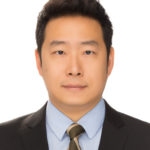
Dr. Ju Hyung Kim
Dr. Ju Hyung Kim serves as President of the Security Management Institute, a defense-focused think tank affiliated with South Korea’s National Assembly. He has contributed to numerous defense initiatives and has advised key institutions, including the Republic of Korea Joint Chiefs of Staff.
- Dr. Ju Hyung Kim#molongui-disabled-link
- Dr. Ju Hyung Kim#molongui-disabled-link
- Dr. Ju Hyung Kim#molongui-disabled-link
- Dr. Ju Hyung Kim#molongui-disabled-link


